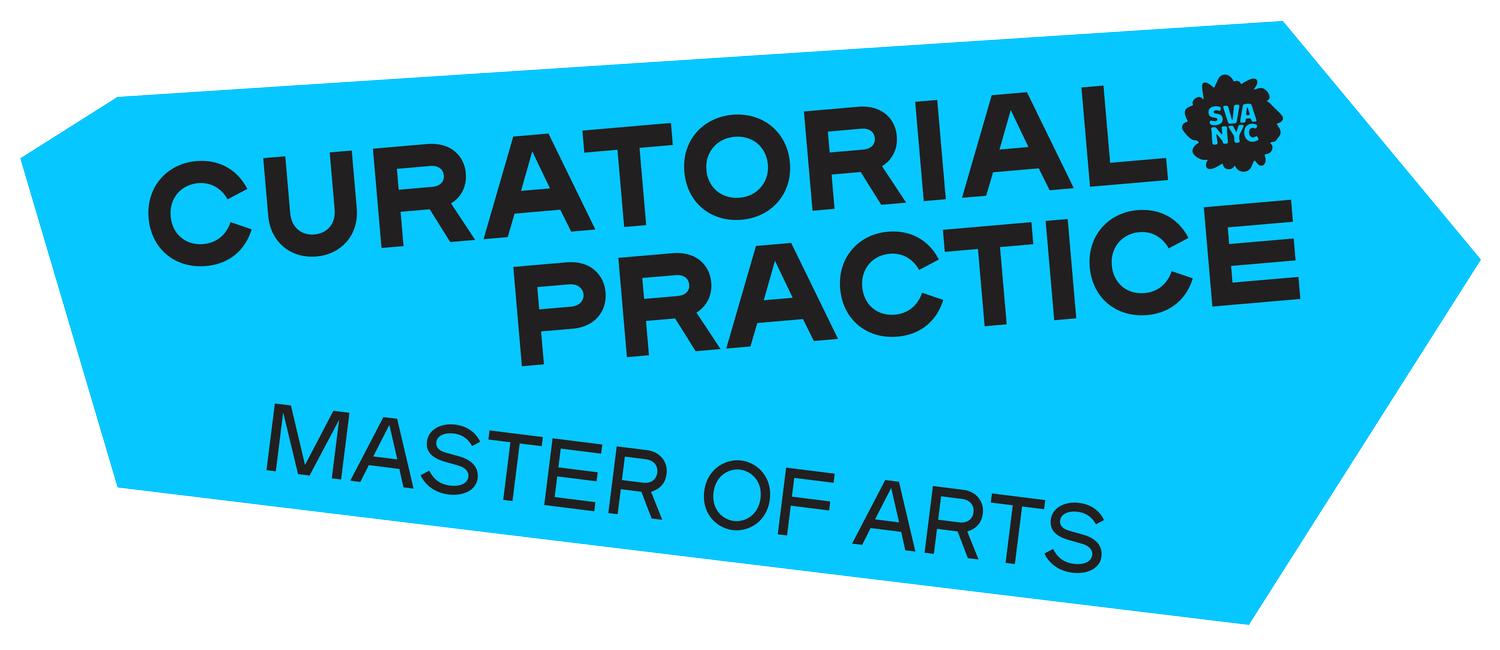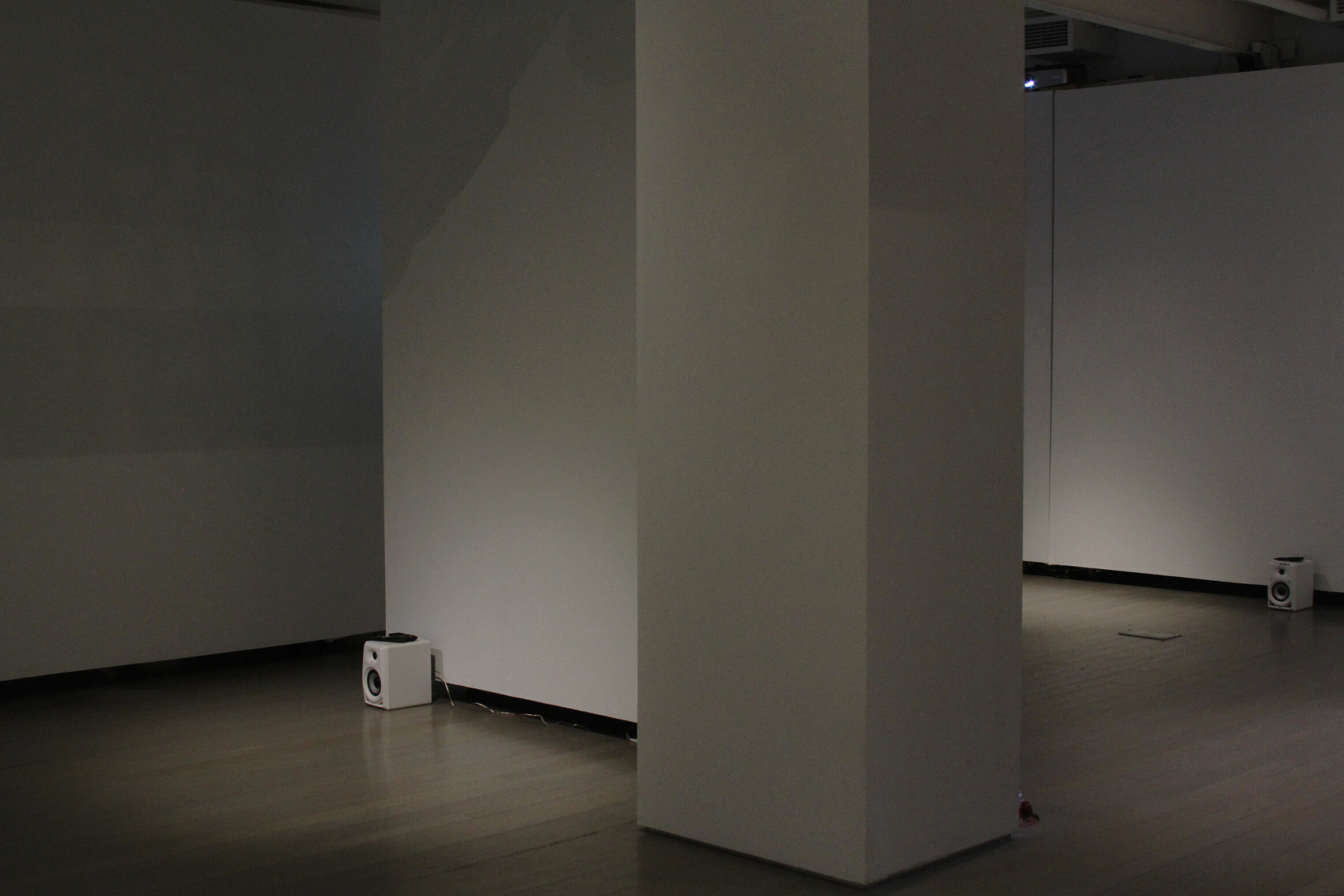Space is Sound — suggestions for matter
Curated by Katelynn Dunn
Artists: Tim Bruniges, Sara Wallgren, Allard van Hoorn
April 2021
Space is Sound —suggestions for matter explores the possibilities of generating meaning beyond signification attached to image. Sound itself holds information. However, it seems only to be corporeally sensed, not able to be entirely cognized for thought. It is considered somewhat inaccessible, unable to be utilized in an undecipherable language. While the concept of truth is contaminated by the former presidency as well as an epidemic of virtual manipulations and falsifications, artworks in this exhibition counteract the hijacked and de-credited rhetoric of broken information by presenting alternative understandings of invisible matter read through space. The architecture of sound affects how we subjectively define meaning. Opening the processes performed by and during creatively experimenting with this medium unearths affective information that it holds, which invariably influences how we think, and act, in the future. Parallels are made clear between sound as an information system and its possibilities for resonant cultural meaning.
Beyond the nexus of definition, Tim Bruniges’ MIRRORS Aalst (2017) offers documentation of an infinite-duration artwork that responds to space, revealing extemporal meaning outside of immediate ambient acoustics. As with the interactions engendered between animate objects, constructing “spaces” of meaning cultivates and expands, surpassing localized place and material bounds through depersonalized experience and affect. The documentation of Allard van Hoorn’s 005 Urban Songline (Latitude: 35.182182° N – 35.182141° N / Longitude: 126.888579° E – 126.888702° E) (2011) records a performance of space, with the performers fully utilizing its tangible matter to create a language from a linear point in time to the next point within the framework and confines of locale. Sound becomes a tool of communicating meaning with the shape of space, and from here, information is transferred to the witness while in the process of re-creation. Constructed languages show how sound builds another layer of sensed architecture within physical spaces. Sara Wallgren’s series titled Noise Drawings (2015) attempts to interpret meaning from sound to the visual and tactile mediums of graphite and canvas. The uncertainty of noise is inscribed into a drawing, and the process of drawing transfers meaning from one realm to another. It provides a possible framework for deciphering an invisible architecture, redefining associated meaning, and opening access to information.



